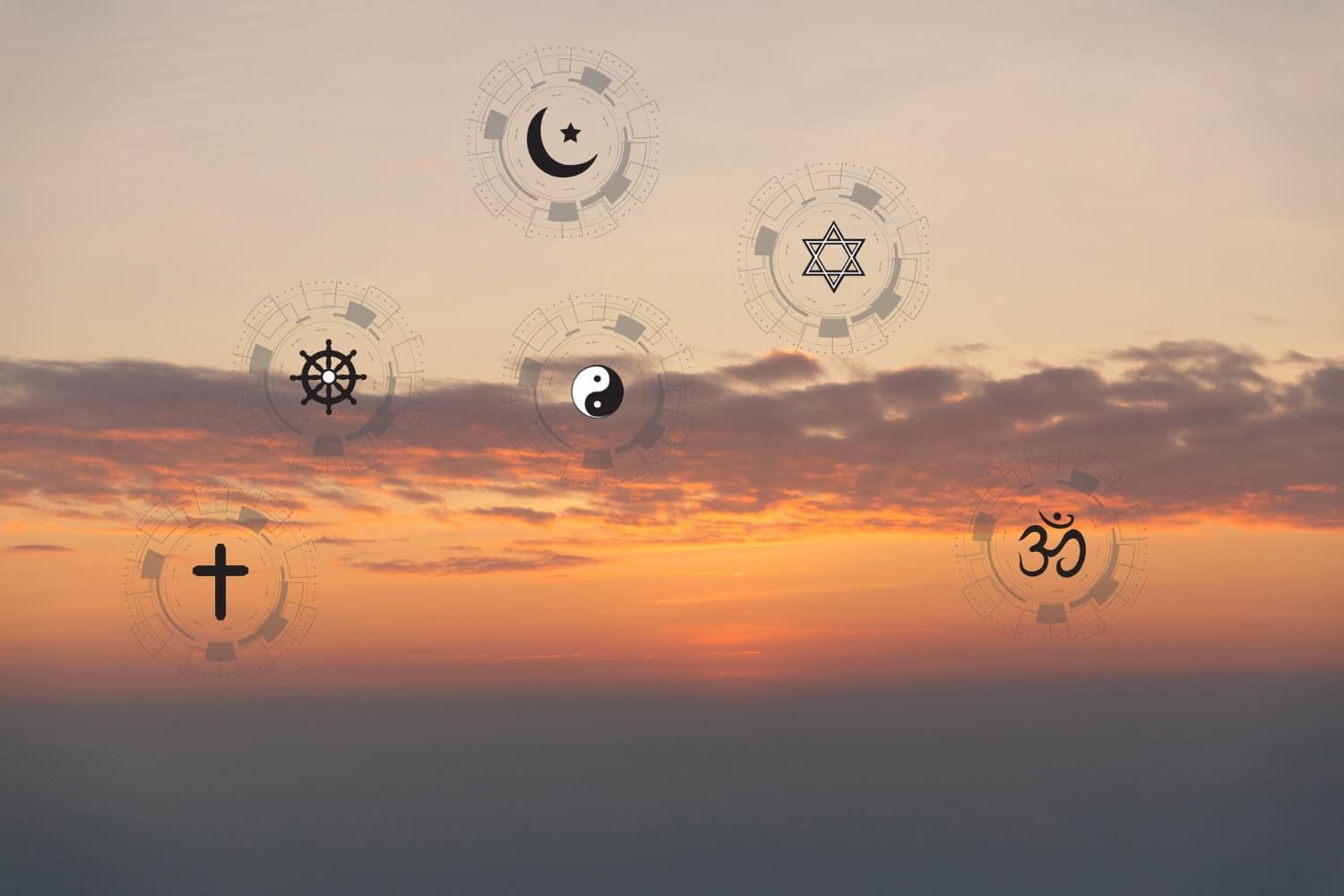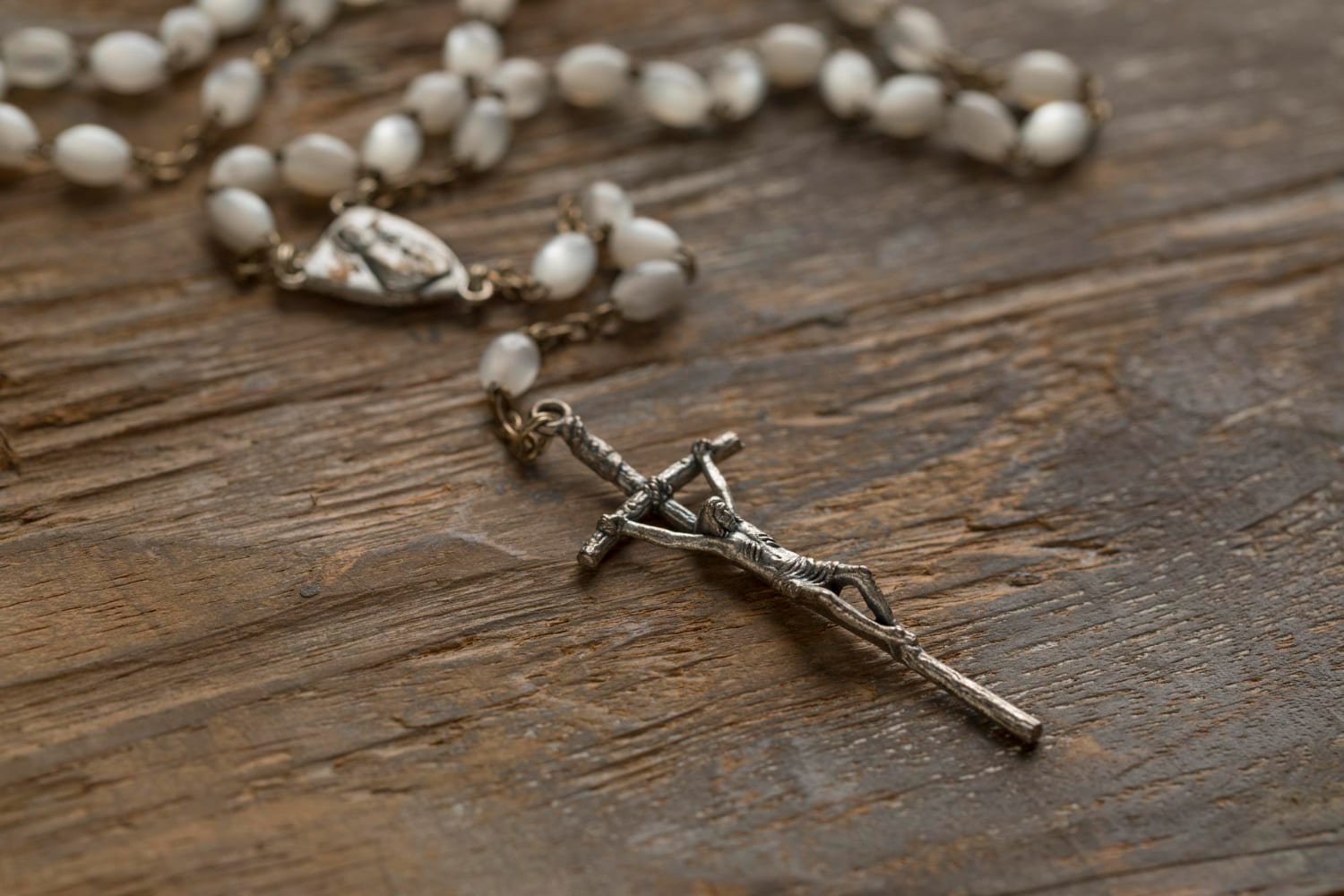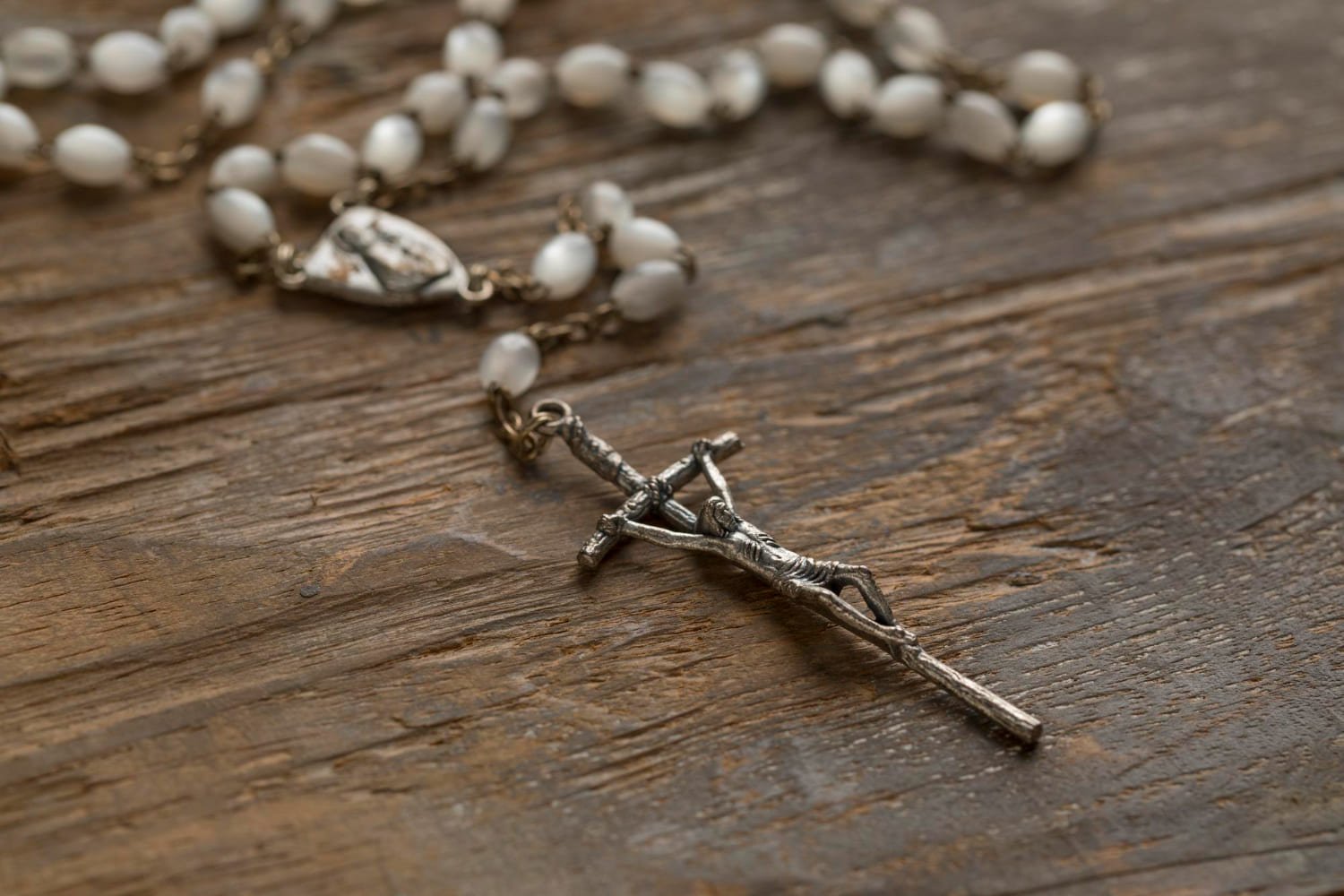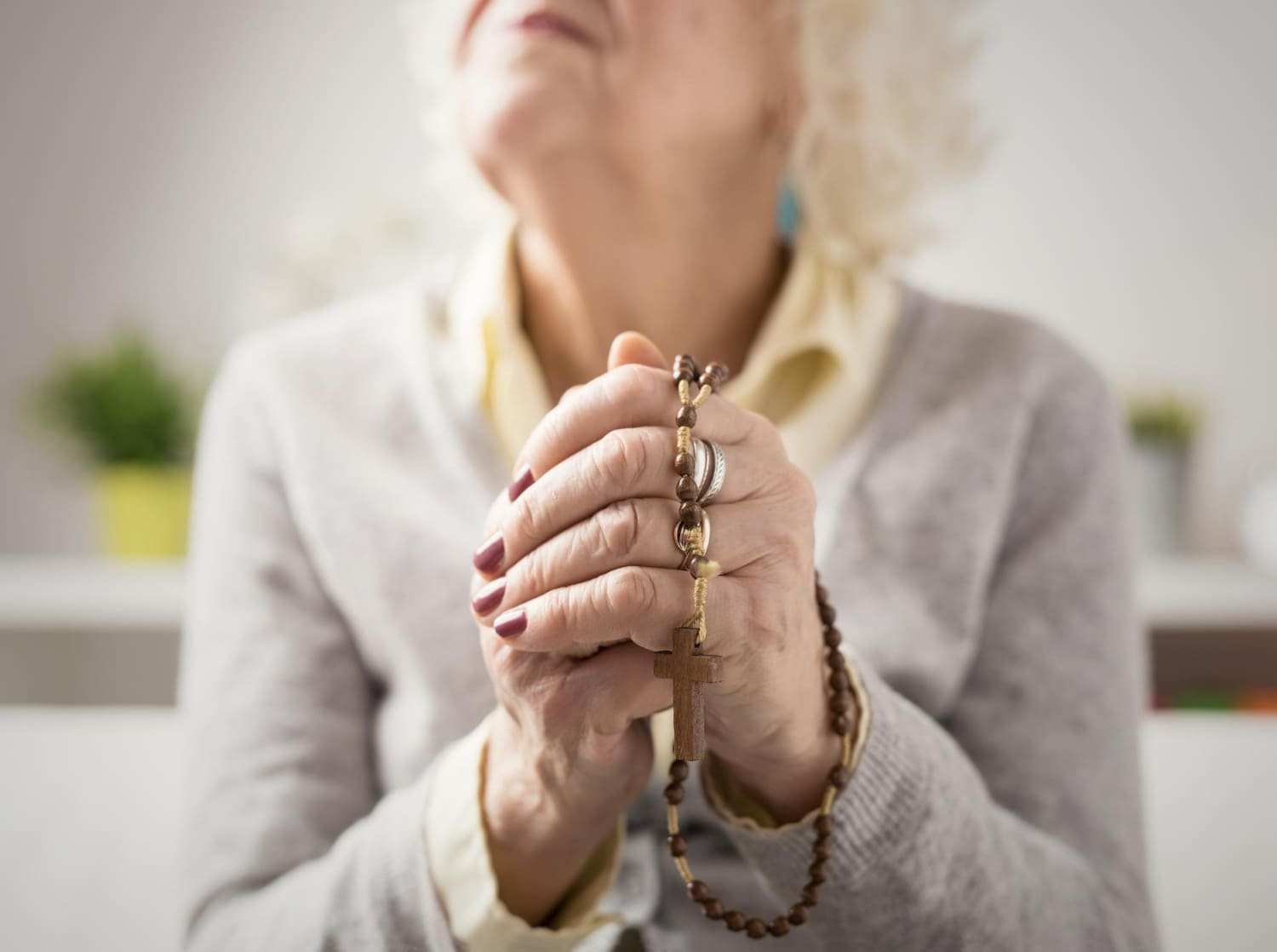Catholicism and Anglicanism are two of the most well-known Christian denominations in the world. While they share many similarities, they also have significant differences that set them apart from each other.
This article will explore the differences between Catholicism and Anglicanism, as well as examine which one might be considered better depending on one’s personal beliefs and values.
One of the most notable differences between Catholicism and Anglicanism is their history and origins. Catholicism is considered the oldest Christian denomination, with roots dating back to the first century AD.
Anglicanism, on the other hand, originated in England in the 16th century during the Protestant Reformation. As a result, Anglicanism has a more Protestant influence than Catholicism, but it also retains many of the traditional Catholic beliefs and practices.
Another significant difference between Catholicism and Anglicanism is their governance and leadership structure. Catholicism has a hierarchical structure, with the Pope serving as the head of the Church and bishops and priests serving under him.
Anglicanism, on the other hand, has a more decentralized structure, with each national church having its own governing body and leader.
History
Anglicanism and Catholicism share a common history, as they both trace their roots back to the early days of Christianity. However, the two branches of Christianity diverged in the 16th century, when King Henry VIII broke away from the Roman Catholic Church and established the Church of England.
This move was driven by Henry’s desire to annul his marriage to Catherine of Aragon, which the Catholic Church refused to grant.
At first, the differences between Anglicanism and Catholicism were more personal than doctrinal. However, over time, the two branches of Christianity developed distinct theological and liturgical traditions.
Today, the Anglican Communion is made up of churches that are in communion with the Archbishop of Canterbury, while the Catholic Church is headed by the Pope.
Despite their differences, Anglicanism and Catholicism share many similarities. Both traditions hold that the Bible is the inspired word of God, and both recognize the sacraments of Baptism and Holy Communion.
Additionally, both traditions place a strong emphasis on the importance of tradition and the teachings of the early Church.
Beliefs and Practices
Catholicism and Anglicanism share many beliefs and practices, but there are some significant differences between the two. One of the most notable differences is the role of the Pope.
In Catholicism, the Pope is considered the head of the Church and has ultimate authority on matters of faith and morals. In contrast, Anglicans do not recognize the Pope’s authority and have a decentralized structure with no single leader.
Another difference is the approach to the sacraments. Both Catholicism and Anglicanism recognize seven sacraments, but there are some differences in their interpretation and practice.
For example, in Catholicism, the Eucharist is considered the actual body and blood of Christ, while in Anglicanism, it is seen as a symbolic representation.
Anglicanism also allows for greater flexibility in certain areas of belief and practice. For example, Anglican priests are allowed to marry, while Catholic priests must take a vow of celibacy.
Additionally, Anglican liturgy can vary widely depending on the local congregation and the preferences of the priest, while Catholic liturgy is more standardized.
Despite these differences, both Catholicism and Anglicanism share a commitment to the Christian faith and the teachings of Jesus Christ. Both emphasize the importance of prayer, scripture, and acts of service, and both seek to foster a deep spiritual connection with God.
Hierarchy and Leadership
One of the key differences between Catholicism and Anglicanism is their hierarchy and leadership structure. The Catholic Church has a strict hierarchy with the Pope at the top, followed by cardinals, bishops, and priests.
The Pope is considered the supreme leader of the Catholic Church and is believed to have the authority to speak on matters of faith and morals.
On the other hand, the Anglican Church has a more decentralized leadership structure. While there is an Archbishop of Canterbury who serves as the spiritual leader of the Anglican Communion, there is no central authority figure like the Pope in Catholicism.
Instead, each national or regional church has its own governing body, such as a synod or council, which makes decisions on matters of doctrine and practice.
Another key difference is that Catholic priests are required to be celibate, while Anglican priests are allowed to marry. This has been a point of contention between the two churches, with some Anglicans accusing Catholics of being too rigid in their requirements for priesthood.
Furthermore, Catholics have a more centralized approach to decision-making, with the Pope and other high-ranking officials having the final say on matters of doctrine and theology.
Anglicans, on the other hand, tend to have a more democratic approach, with decisions being made through a process of consultation and debate among various church leaders and members.
Overall, the differences in hierarchy and leadership between Catholicism and Anglicanism reflect their divergent histories and approaches to authority.
While Catholics place a strong emphasis on the authority of the Pope and the hierarchy of the church, Anglicans tend to value a more decentralized and democratic approach to decision-making and leadership.
Sacraments and Liturgy
Catholic and Anglican churches both recognize seven sacraments: Baptism, Confirmation, Eucharist, Penance, Anointing of the Sick, Holy Orders, and Marriage. However, there are some differences in how these sacraments are celebrated between the two denominations.
One of the biggest differences between Catholic and Anglican liturgy is the use of the Mass. Catholics celebrate Mass, which includes the Eucharist, every day, while Anglicans typically celebrate Holy Communion on Sundays and major feast days.
Additionally, Catholic Mass is typically more structured and formal, with a set order of prayers and responses, while Anglican liturgy may allow for more flexibility and variation.
Another difference is the role of the priest in administering the sacraments. In the Catholic Church, only ordained priests can administer the sacraments, while in the Anglican Church, laypeople can administer some sacraments, such as Baptism and Marriage, under certain circumstances.
Despite these differences, both Catholic and Anglican liturgies emphasize the importance of ritual and symbolism in worship. Both denominations use candles, incense, and other symbols to help convey the sacredness of the sacraments and create a reverent atmosphere for worship.
Community and Membership
Catholicism and Anglicanism both have a strong sense of community and membership. Both churches offer regular worship services, sacraments, and opportunities for fellowship and service. However, there are some differences in the way that each church approaches community and membership.
In the Catholic Church, membership is primarily based on baptism and confirmation. Once a person is baptized, they are considered a member of the church and are eligible to receive the sacraments.
Confirmation is typically received in adolescence or early adulthood and is seen as a way to confirm and strengthen one’s faith. The Catholic Church also has a strong emphasis on the authority of the Pope and the hierarchy of the clergy.
In contrast, the Anglican Church has a more decentralized structure and places less emphasis on hierarchy and authority. Membership in the Anglican Church is based on baptism and participation in the life of the local congregation.
Anglicans also place a strong emphasis on the Bible and the importance of personal faith and spiritual growth. Both churches offer opportunities for fellowship and service, but the style and focus of these activities may differ.
Catholic parishes often have a strong sense of community and may offer social events, volunteer opportunities, and other activities to bring members together. Anglican congregations may have a more informal and flexible approach to fellowship and may focus more on small group activities and Bible study.
Overall, both Catholicism and Anglicanism offer a strong sense of community and membership, but the approach and emphasis may differ. Catholics place a strong emphasis on hierarchy and authority, while Anglicans place more emphasis on personal faith and spiritual growth.
Similarities and Differences
Catholicism and Anglicanism are both Christian religions that share many similarities, but also have several key differences. One of the main similarities between the two religions is their belief in the Holy Trinity, which consists of God the Father, God the Son, and God the Holy Spirit.
Both religions also believe in the importance of prayer, the Bible, and the sacraments.
However, there are also several differences between Catholicism and Anglicanism. One of the main differences is their views on the authority of the pope.
Catholics believe that the pope is the head of the church and has the final say on matters of faith and morals. Anglicans, on the other hand, do not accept the pope’s authority and instead rely on the Bible, tradition, and reason as their sources of authority.
Another key difference between the two religions is their views on the Eucharist. Catholics believe in transubstantiation, which means that the bread and wine used in communion actually become the body and blood of Christ.
Anglicans, on the other hand, believe in consubstantiation, which means that the bread and wine remain bread and wine, but that Christ is present in a spiritual sense.
There are also differences in the structure of the two religions. Catholicism has a highly hierarchical structure, with the pope at the top and bishops, priests, and deacons below him. Anglicanism, on the other hand, has a more decentralized structure, with individual churches having more autonomy.
Overall, while Catholicism and Anglicanism share many similarities, they also have several key differences in their beliefs and structures. These differences have led to centuries of debate and discussion between the two religions.
Which One Is Better?
It is not a matter of which denomination is better, but rather which one aligns better with an individual’s beliefs and values. Both Catholicism and Anglicanism have their own unique traditions, practices, and beliefs that may resonate with different people.
For those who value a strong hierarchy and centralized authority, Catholicism may be the better choice. The Pope serves as the head of the Church, and there is a clear chain of command from the Vatican down to individual parishes.
Additionally, Catholicism places a strong emphasis on sacraments, such as the Eucharist, confession, and baptism, as a means of receiving God’s grace.
On the other hand, those who value a more decentralized structure and a focus on individual interpretation of scripture may find Anglicanism to be a better fit. Anglicans do not have a central authority figure like the Pope, and instead rely on the autonomy of individual provinces and bishops.
Anglicanism also places a greater emphasis on the Bible as the ultimate authority, and allows for a wider range of theological interpretations.
Ultimately, the decision of which denomination is better is a personal one that should be based on an individual’s own beliefs and values.
It is important to research and explore both Catholicism and Anglicanism to determine which one aligns best with one’s own spiritual journey.







